The state of Britain's Armed Forces
Geopolitical unrest and the unreliability of the Trump administration have led to a frantic re-evaluation of the UK's military capabilities
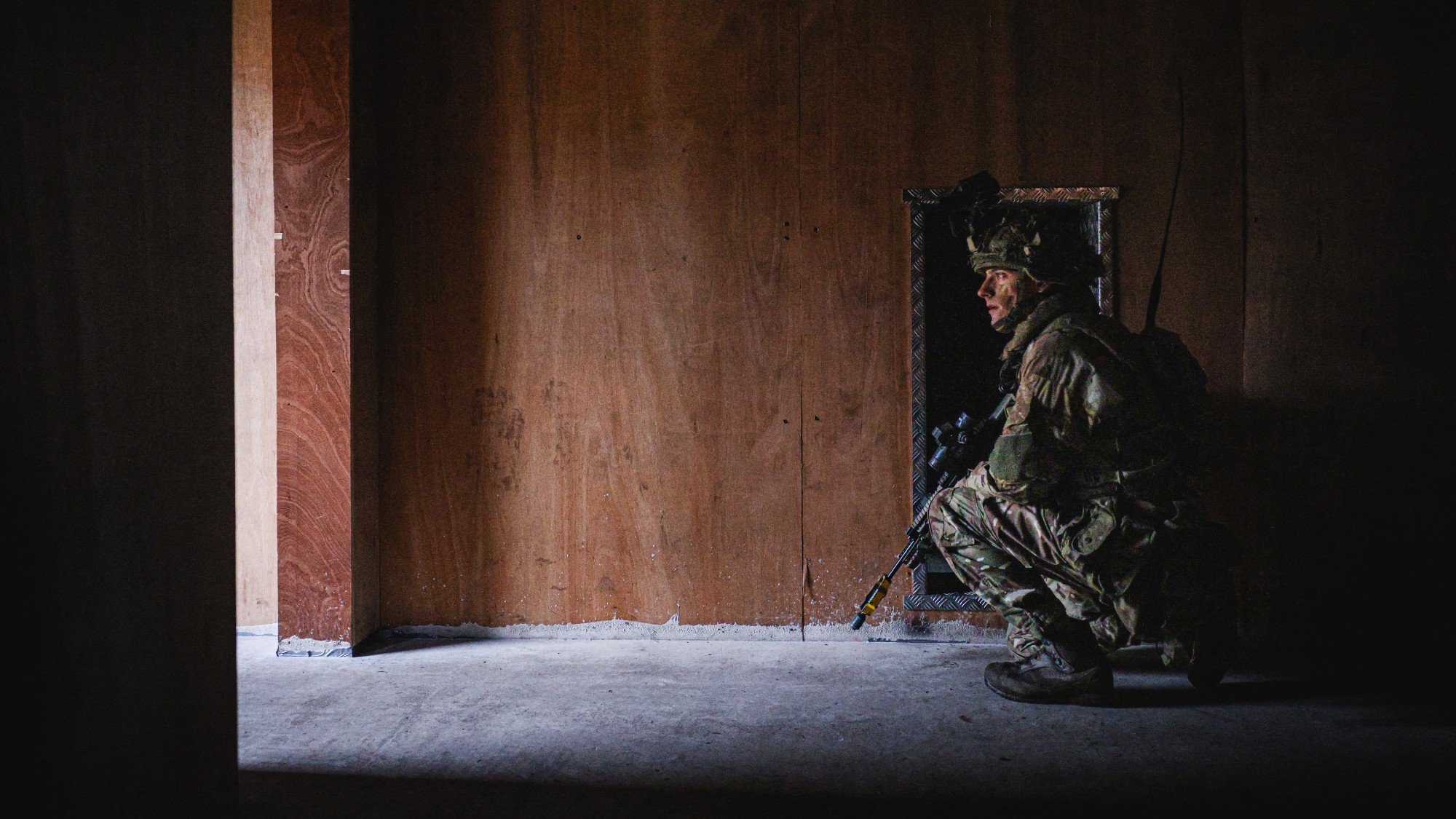
Defence Secretary John Healey and his predecessor Ben Wallace admit that Britain's Armed Forces have been "hollowed out" by years of underfunding. This has become an urgent problem since the 2022 invasion of Ukraine; until then, few thought it plausible that UK forces might soon be involved in a land war in Europe.
Donald Trump's return to the White House has brought the issue into even sharper relief. His commitment to Nato is in doubt; his officials have stated that they do not see the protection of Europe as a priority, and that they resent Europe "freeloading" on US defence capabilities. This has led to a frantic re-evaluation of the continent's militaries, including Britain's.
What state are our Armed Forces in?
The British Army is forecast to fall below 70,000 this year, making it smaller than at any time since 1793. In total, UK regular forces now number about 136,000: 74,000 in the Army, 32,000 in the Royal Navy and Royal Marines, and 30,000 in the RAF. That is down from 192,000 in 2010, 321,000 in 1980, and over half a million in 1960.
The Week
Escape your echo chamber. Get the facts behind the news, plus analysis from multiple perspectives.

Sign up for The Week's Free Newsletters
From our morning news briefing to a weekly Good News Newsletter, get the best of The Week delivered directly to your inbox.
From our morning news briefing to a weekly Good News Newsletter, get the best of The Week delivered directly to your inbox.
Britain has tried to maintain a "full spectrum" of capabilities – from aircraft carriers and submarines to fast jets and cruise missiles, from tanks to cyber-operations – but has found itself stretched very thin. In the 1980s, the Army had more than 1,000 main battle tanks. It now has about 200, of which perhaps half are serviceable (for reference, Russia has lost about 3,900 in Ukraine). The RAF is short of fighter jets, because it is retiring 49 Eurofighter Typhoons, nearly a third of its total fleet; it also has a shortage of trained pilots. The Royal Navy is often said to have more admirals (40) than warships (technically it has 70 surface vessels, but these include patrol boats). Although its two aircraft carriers are designed for 36 fighter jets, neither has carried more than eight because of a shortage of suitable aircraft.
What does this mean in practice?
The UK has the world's sixth-largest defence budget, and the Global Firepower Index still ranks it as the world's sixth-most powerful military (below the US, Russia, China, India and South Korea, and above France and Japan). But though it has sophisticated weaponry, a hi-tech defence industry and well-trained servicemen, it faces a crisis of credibility – largely because it could not deploy a fully integrated force to fight for any length of time, or even a peacekeeping force with a serious deterrent effect.
In a recent simulation of a European war, the Army ran out of ammunition in just ten days. It would struggle to send a division (of 10,000 personnel or more) to Ukraine for any length of time. If it ever had to fight a war on the scale of Ukraine's, the Veterans Minister Alistair Carns warned last year, it'd be "exhausted" (wiped out) in as little as six months. The UK also has a series of other vulnerabilities. Its missile defences are poor. Until next year at the earliest, it will be wholly dependent on others for crucial satellite intelligence.
How did it come to this?
The post-Cold War "peace dividend" saw funding heavily reduced, and diverted elsewhere. In 1956, Britain spent just under 8% of its GDP on defence. In 1980, it was 4.1%; but since 2000, the proportion has remained around the 2% mark. By contrast, the health budget was about 3% in 1956, but had hit 12% by 2020. The squeeze was especially tight during austerity: real-terms defence spending fell by 22% between 2009/10 and 2016/17, before climbing again. The aim was to create a "leaner" military, but this has left it without crucial resources. The UK's inventory of artillery and shells, depleted by donations to Ukraine, is seriously inadequate. There is also a series of further weaknesses, such as in recruitment and procurement.
A free daily email with the biggest news stories of the day – and the best features from TheWeek.com
What problems are there in recruitment?
Both the Army and the Navy have failed to meet recruitment targets for each of the past five years. The Army, which outsourced its recruitment to Capita, has met only 63% of its target numbers. This is partly because service morale has fallen "to record lows", says Healey. Poor housing is a major issue here. The Defence Committee found in December that accommodation for service personnel and their families was "shocking".
What about procurement?
In 2022, Labour collated figures showing that the Ministry of Defence (MoD) had wasted £13 billion between 2010 and 2021, including a £1bn overspend on four Astute-class submarines, and £4 billion on cancelled contracts – such as £595 million spent to extend the life of 1980s Warrior armoured vehicles. The troubled £5.5 billion contract for Ajax armoured vehicles, ordered in 2014, still has not been delivered.
In 2022/23, more than a third of MoD contracts (worth £13 billion) were awarded without competition. That said, defence procurement presents unique challenges: much equipment must be produced domestically, for national security reasons; and big programmes can take decades, making them vulnerable to changes of government or unforeseen financial circumstances.
Will things improve?
In February, Keir Starmer announced that defence spending would rise from 2.3% of GDP currently, to 2.5% by 2027 (achieved by reducing overseas aid) to meet what he called a "generational" challenge. This will mean approximately £13 billion extra to this year's budget of around £57 billion. Although welcome, much of the money will be needed just to plug gaps – low munition stocks, ageing equipment and so on – and to deal with recruitment (a new service is being launched).
At the same time, the MoD will have to contend with the revolution brought about by digital warfare, and particularly by drones. Most defence experts think much more money will be needed. The Strategic Defence Review, aided by the former Nato chief Lord Robertson, will have to make sense of all these issues. It is due within weeks.
-
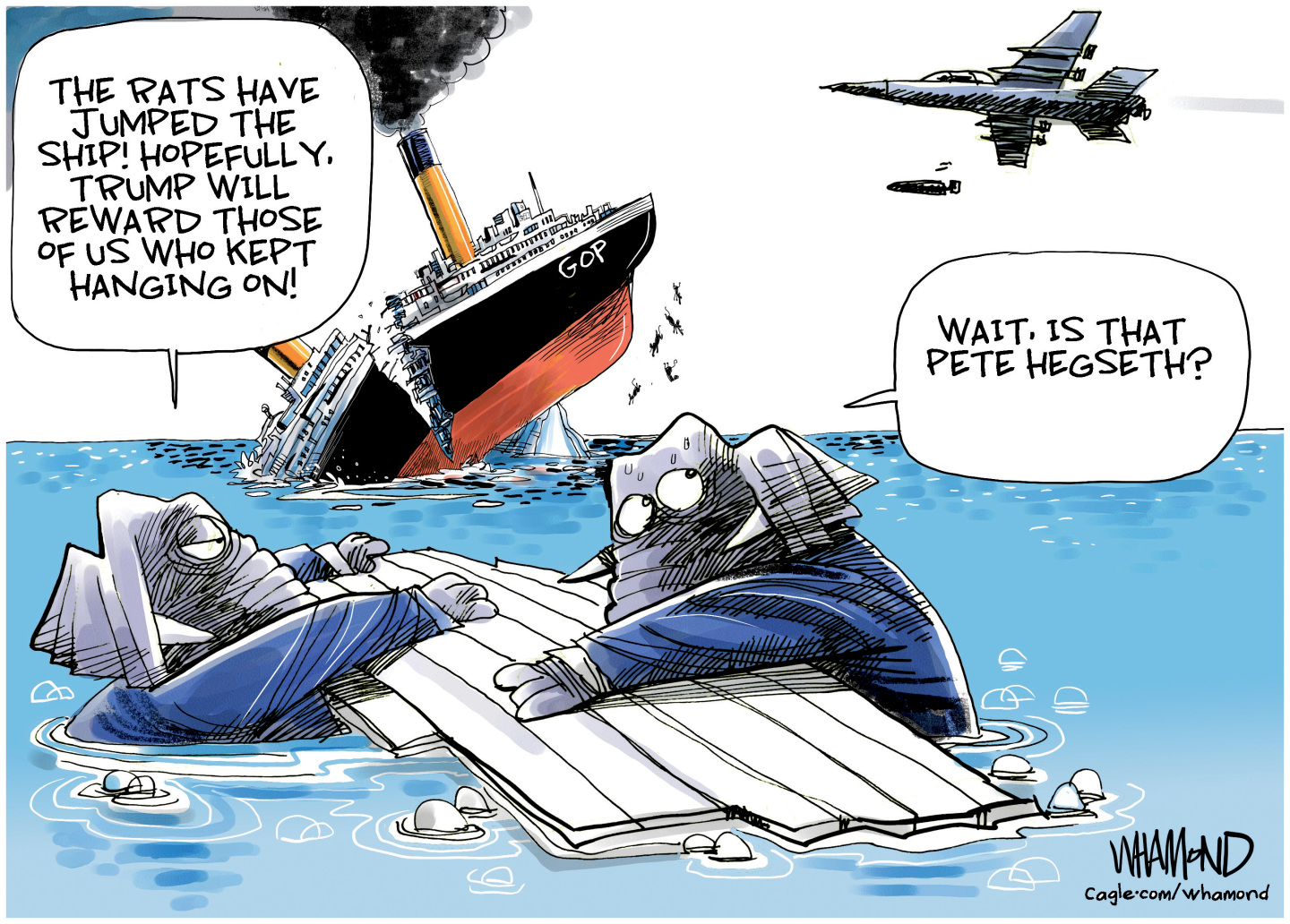 Political cartoons for December 20
Political cartoons for December 20Cartoons Saturday’s political cartoons include drowning rats, the ACA, and more
-
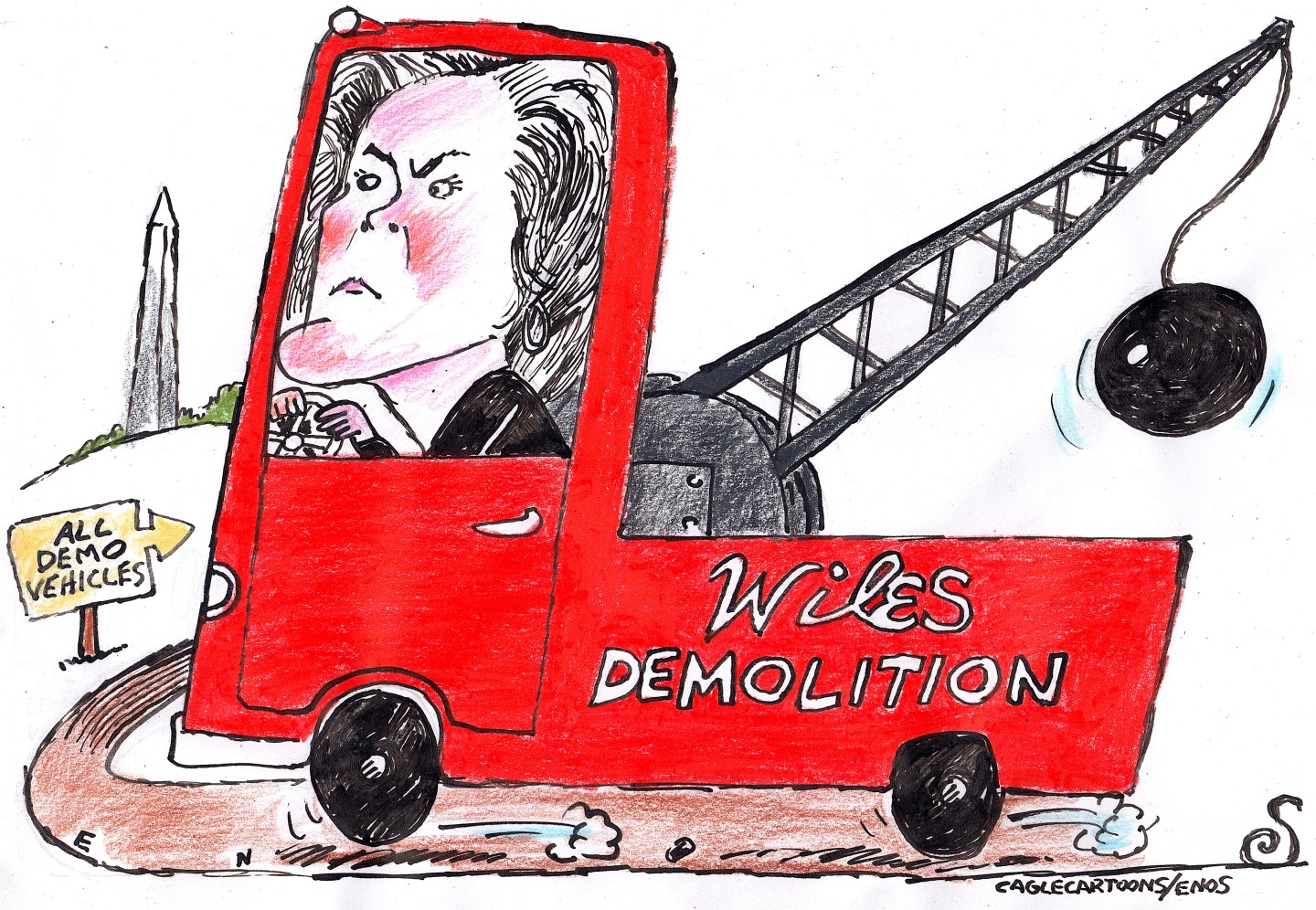 5 fairly vain cartoons about Vanity Fair’s interviews with Susie Wiles
5 fairly vain cartoons about Vanity Fair’s interviews with Susie WilesCartoon Artists take on demolition derby, alcoholic personality, and more
-
 Joanna Trollope: novelist who had a No. 1 bestseller with The Rector’s Wife
Joanna Trollope: novelist who had a No. 1 bestseller with The Rector’s WifeIn the Spotlight Trollope found fame with intelligent novels about the dramas and dilemmas of modern women
-
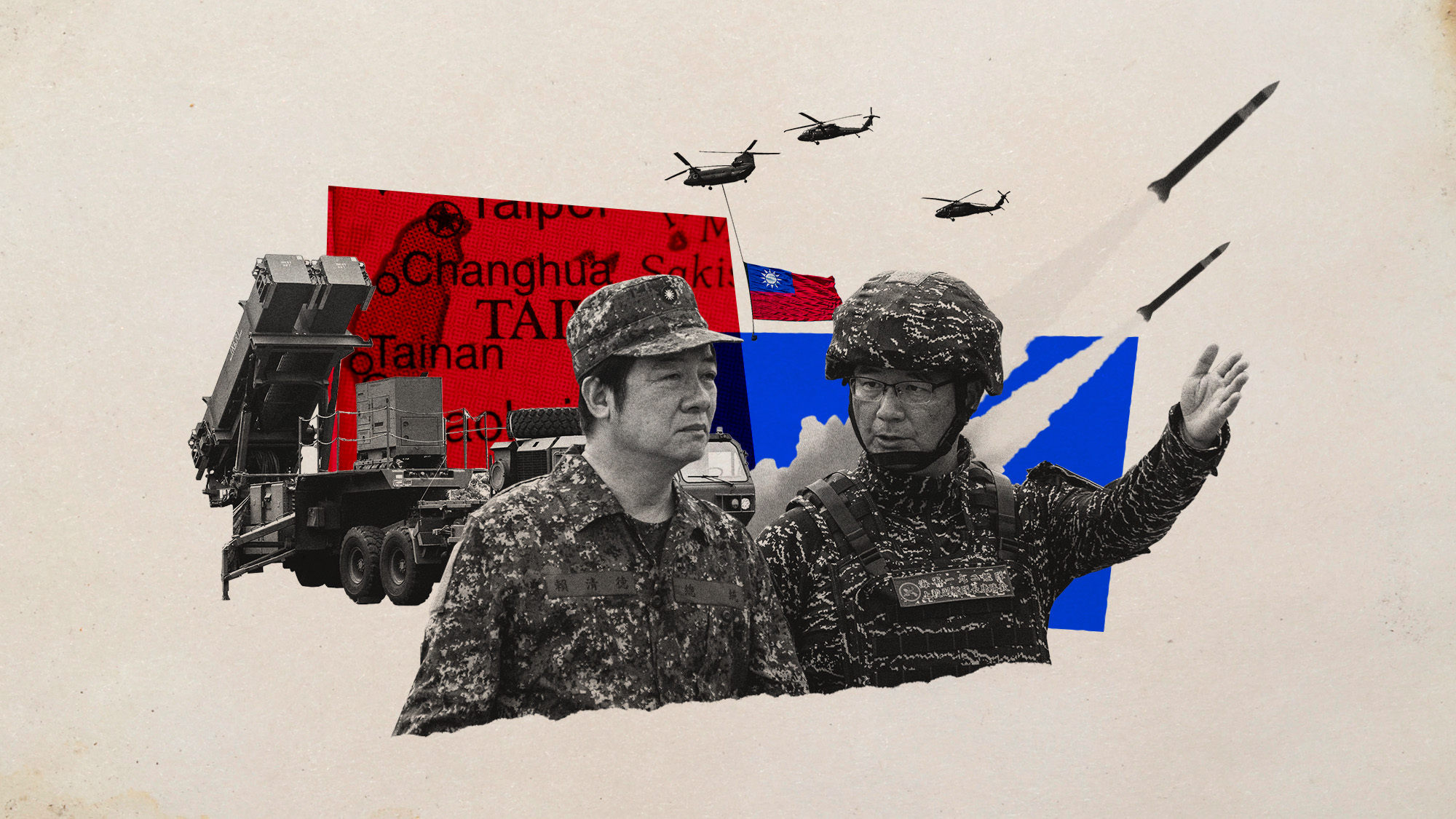 Taiwan eyes Iron Dome-like defence against China
Taiwan eyes Iron Dome-like defence against ChinaUnder the Radar President announces historic increase in defence spending as Chinese aggression towards autonomous island escalates
-
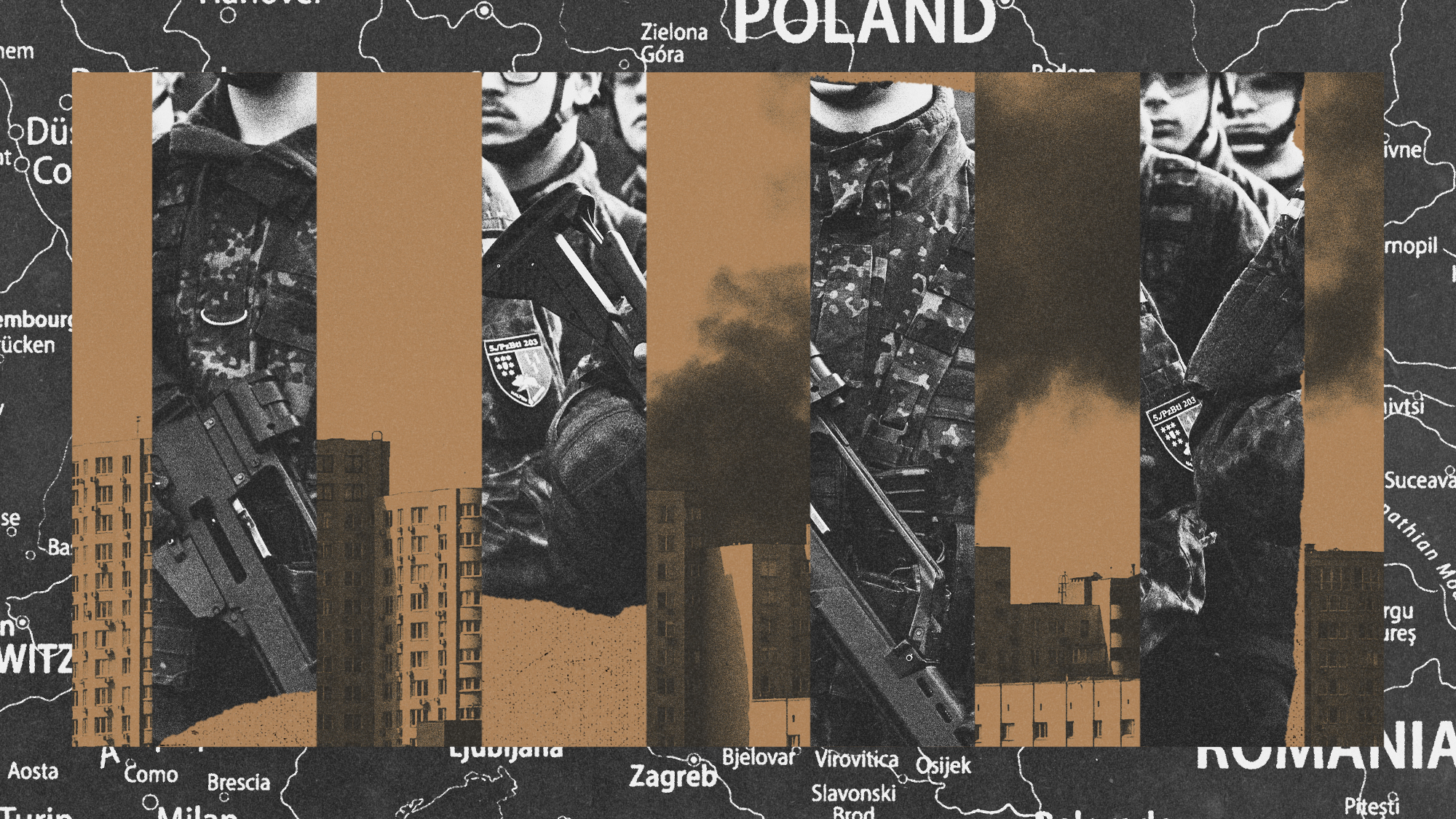 Is conscription the answer to Europe’s security woes?
Is conscription the answer to Europe’s security woes?Today's Big Question How best to boost troop numbers to deal with Russian threat is ‘prompting fierce and soul-searching debates’
-
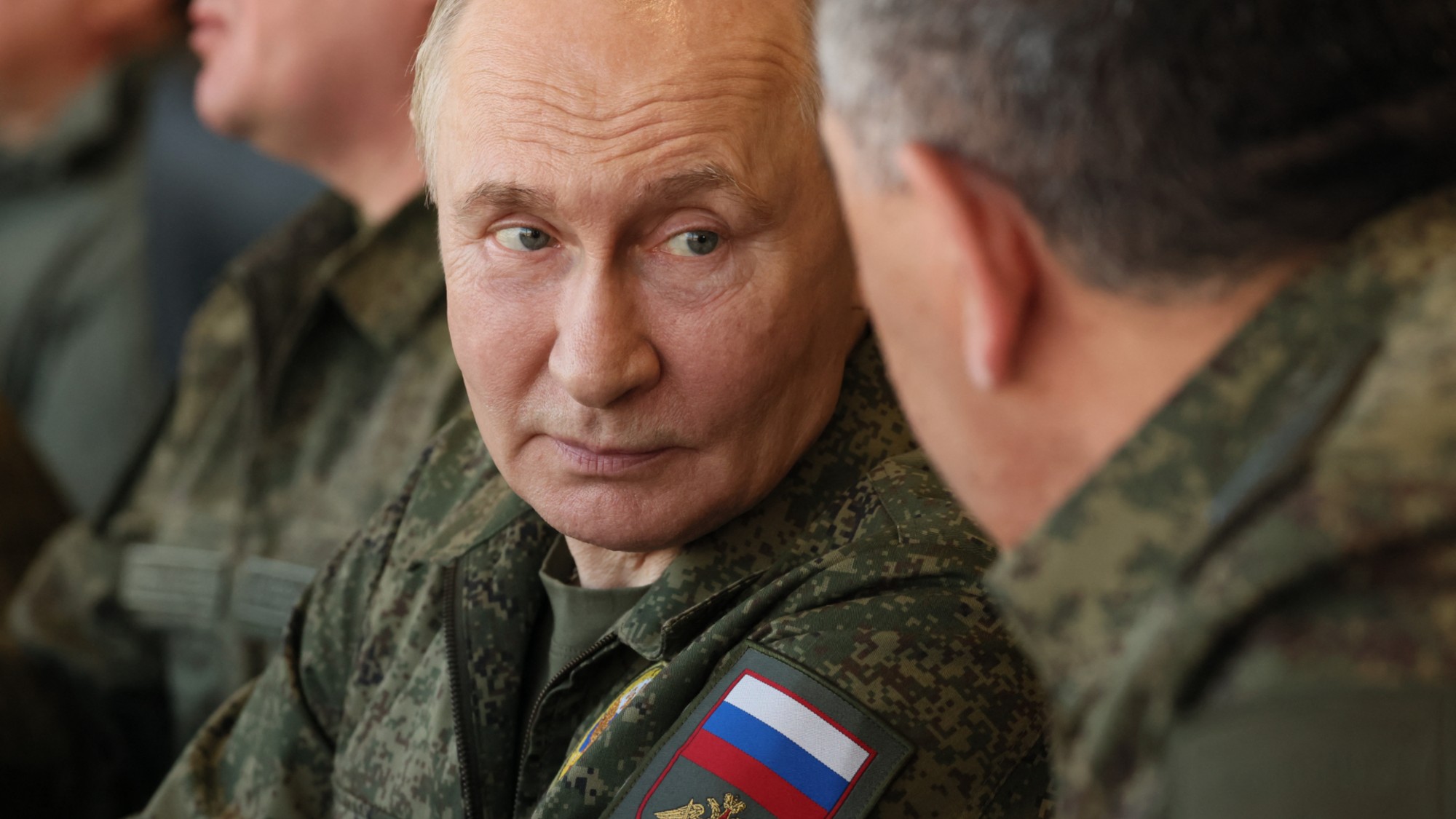 Russia’s war games and the threat to Nato
Russia’s war games and the threat to NatoIn depth Incursion into Poland and Zapad 2025 exercises seen as a test for Europe
-
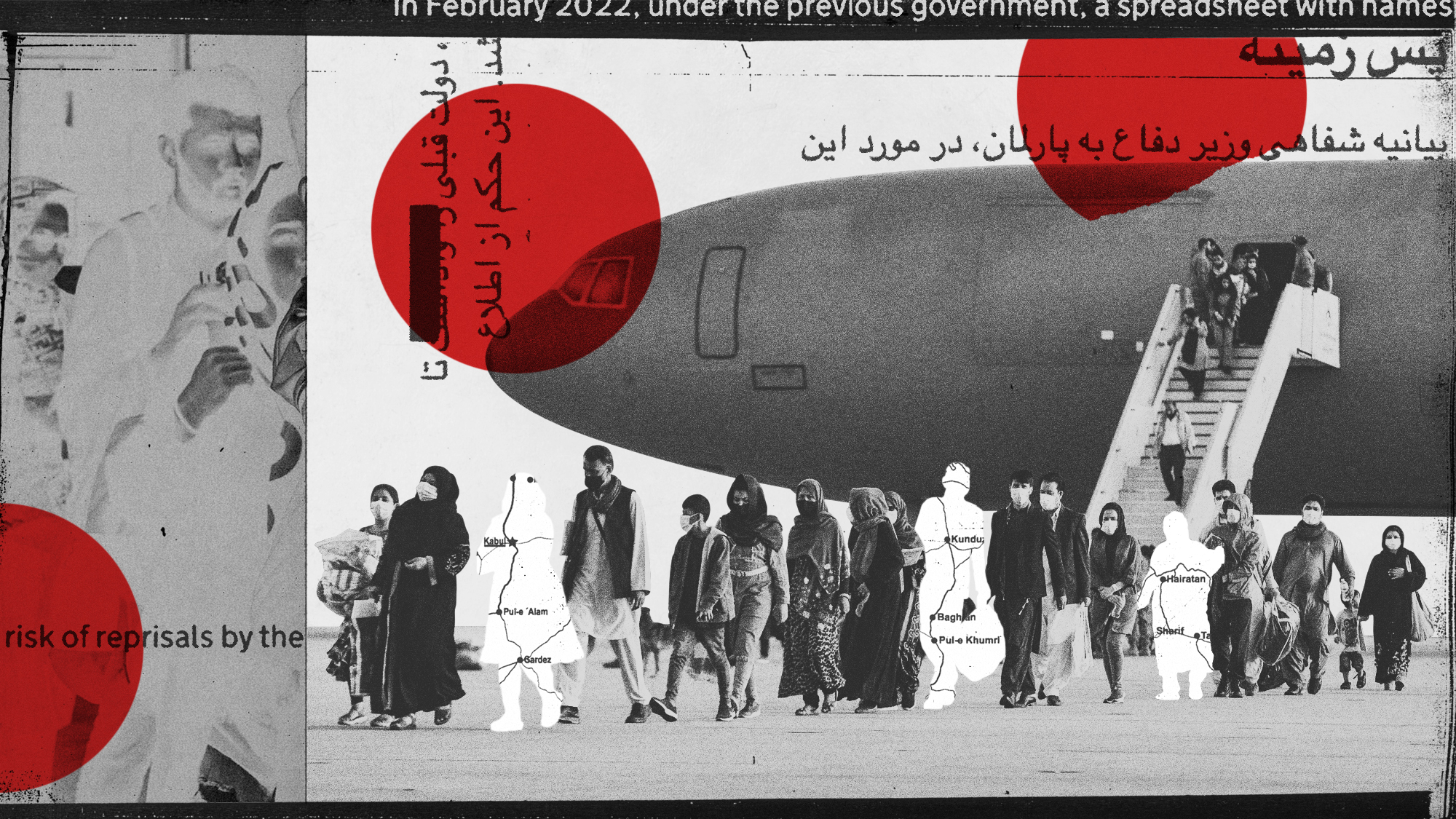 Operation Rubific: the government's secret Afghan relocation scheme
Operation Rubific: the government's secret Afghan relocation schemeThe Explainer Massive data leak a 'national embarrassment' that has ended up costing taxpayer billions
-
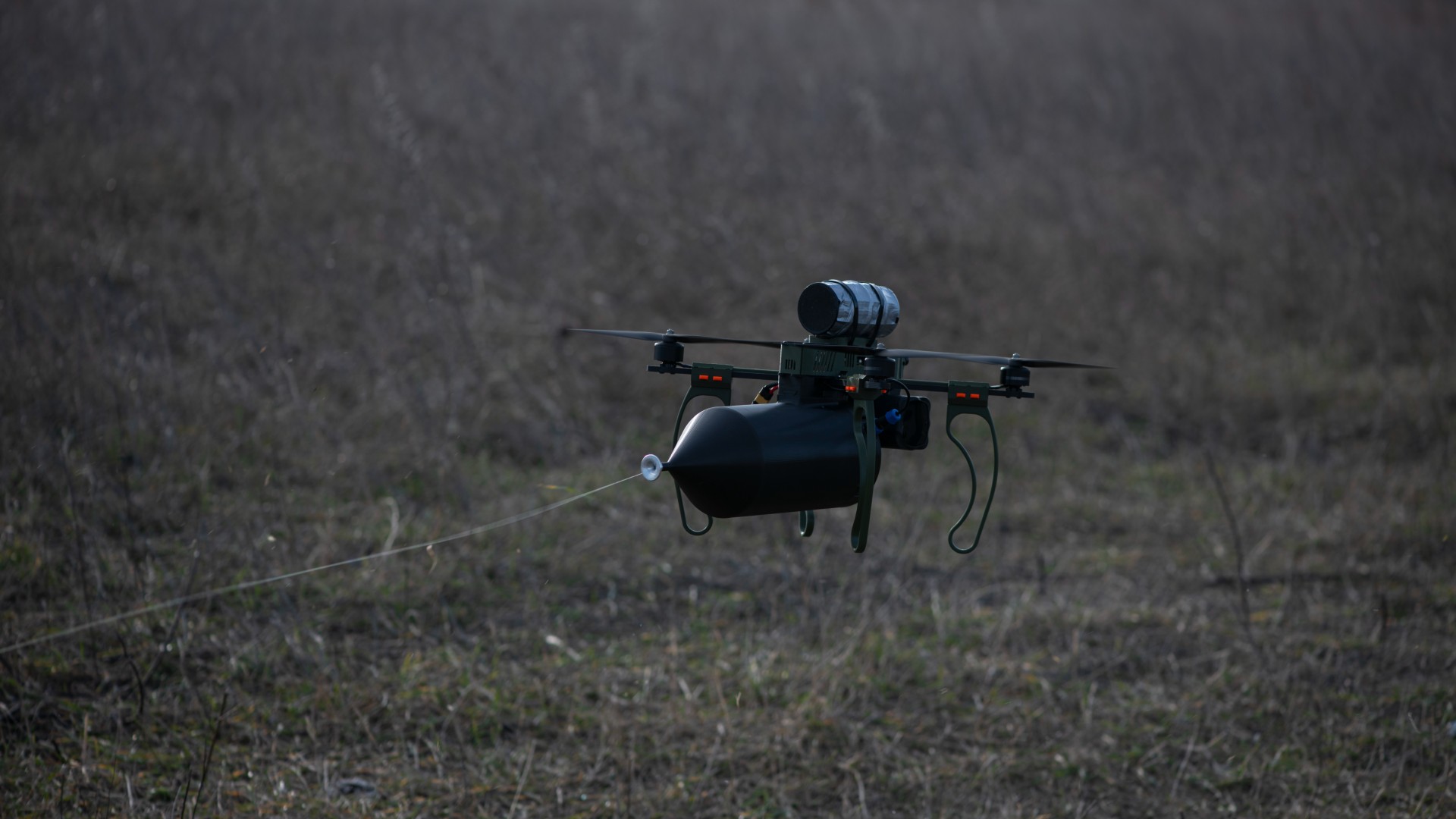 How drone warfare works
How drone warfare worksThe Explainer From Ukraine to Iran, it has become clear that unmanned aircraft are rapidly revolutionising modern warfare
-
 How the Israel-Iran conflict broke out
How the Israel-Iran conflict broke outThe Explainer Israel's strike on Iran's nuclear and missile programmes was years in the planning
-
 Will the UK get involved in the Israel-Iran conflict?
Will the UK get involved in the Israel-Iran conflict?Today's Big Question Keir Starmer is 'walking a tightrope' in helping Israel limit Tehran's nuclear capabilities without being seen to do so
-
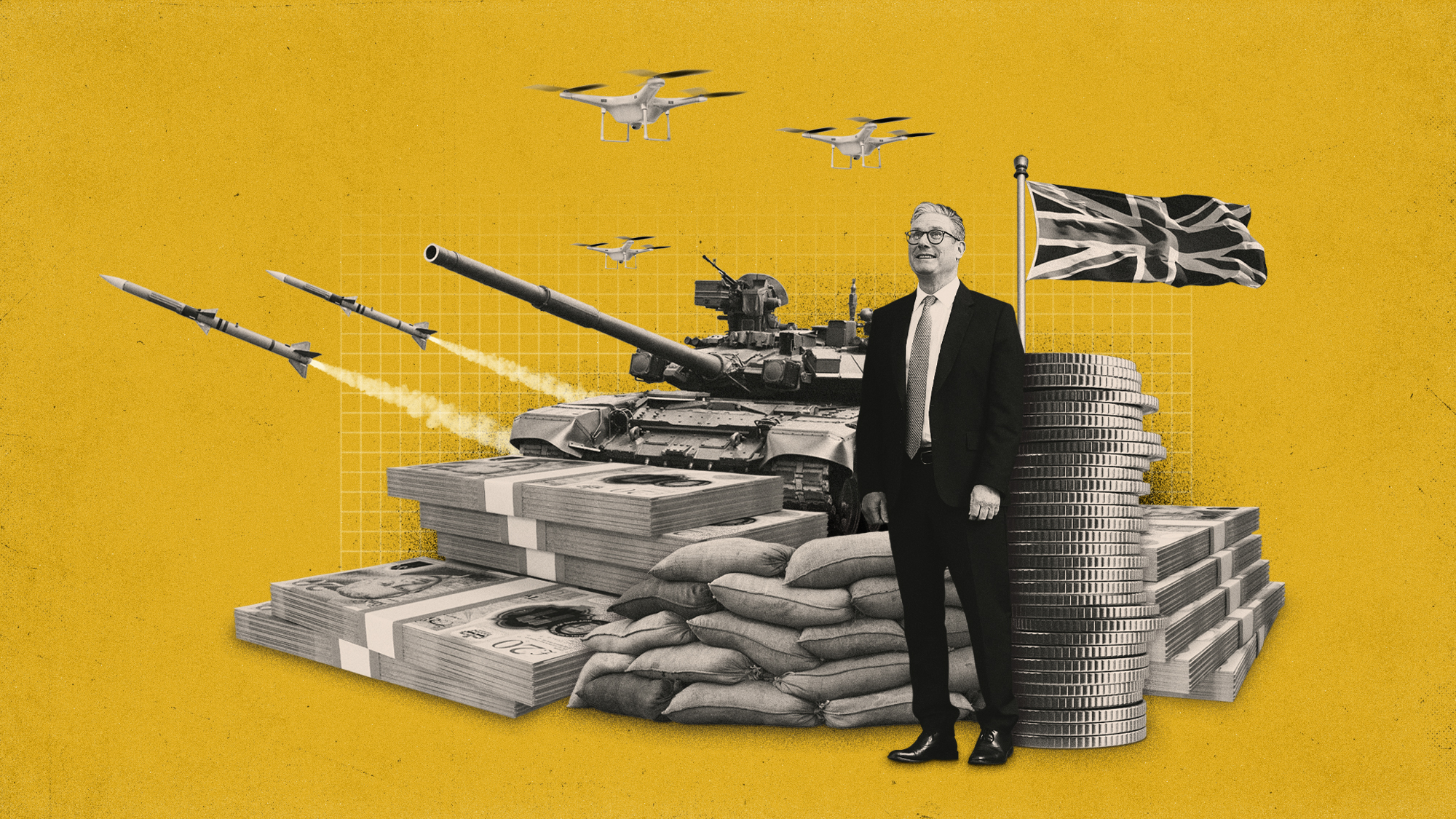 Is UK's new defence plan transformational or too little, too late?
Is UK's new defence plan transformational or too little, too late?Today's Big Question Labour's 10-year strategy 'an exercise in tightly bounded ambition' already 'overshadowed by a row over money'